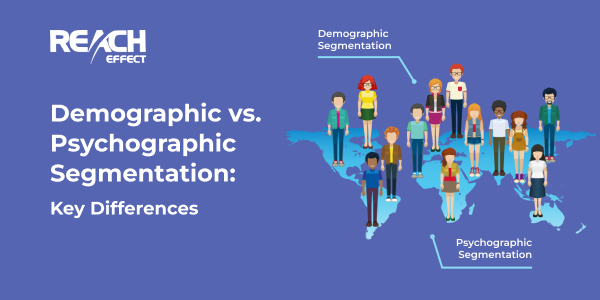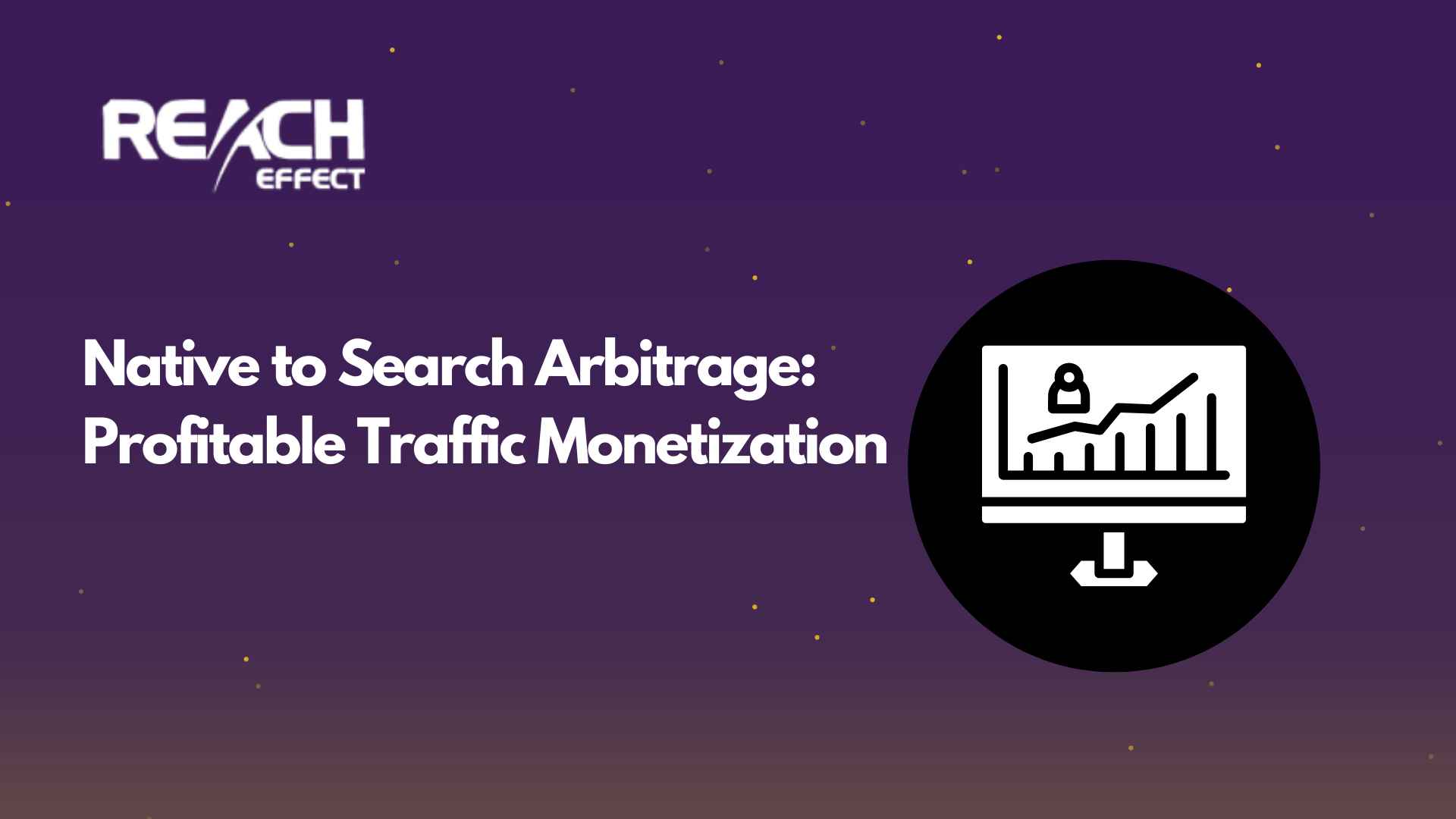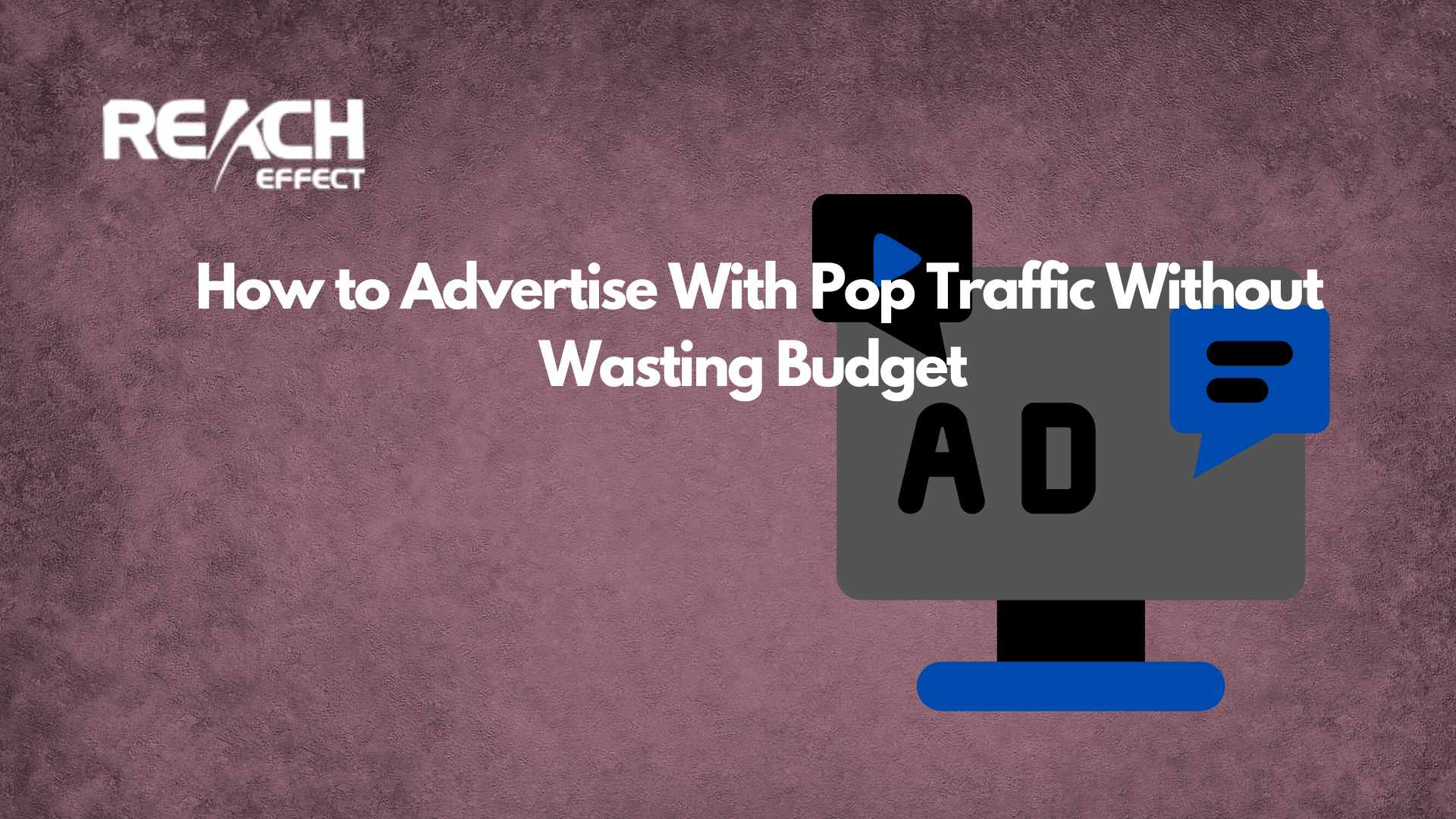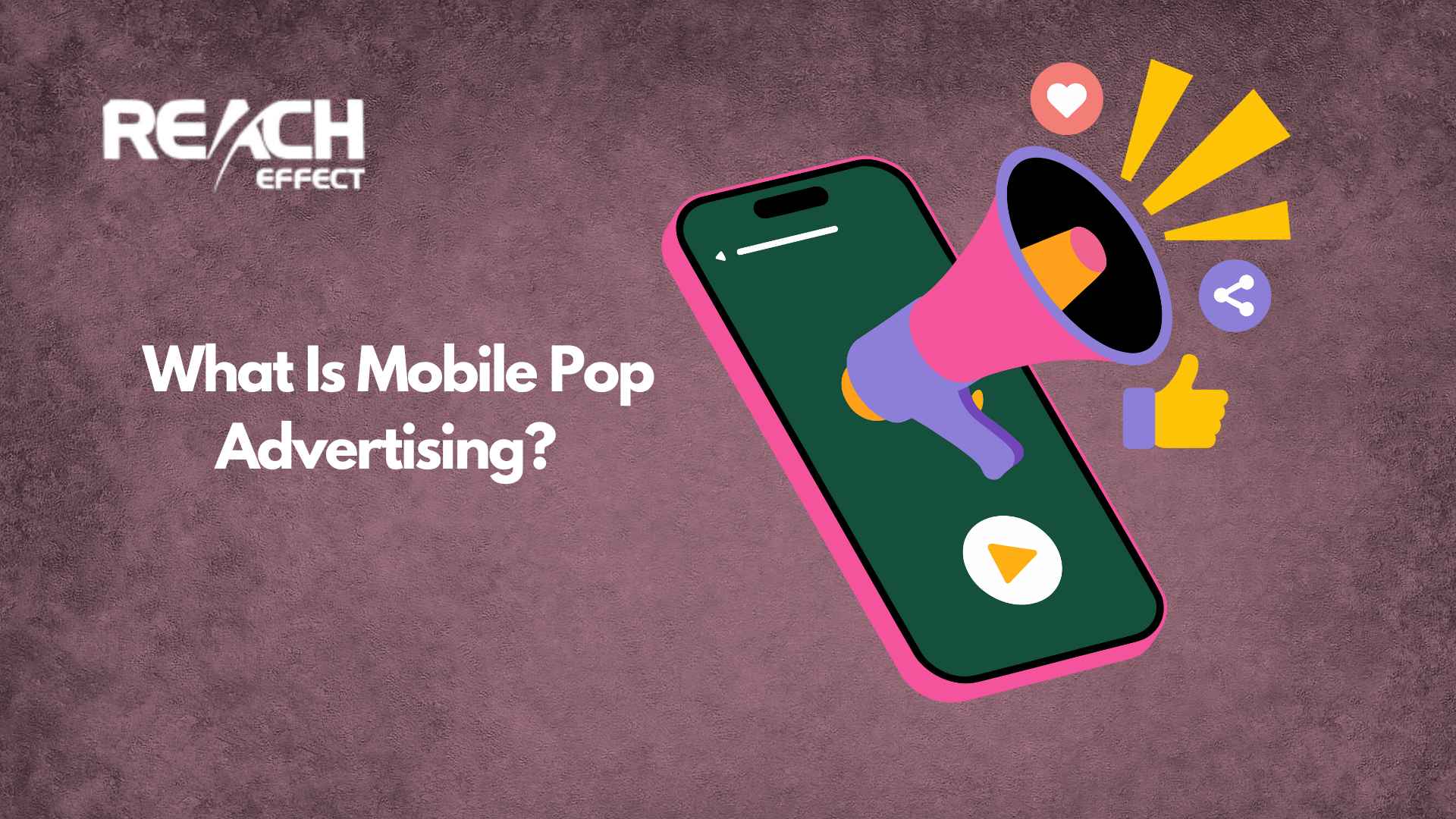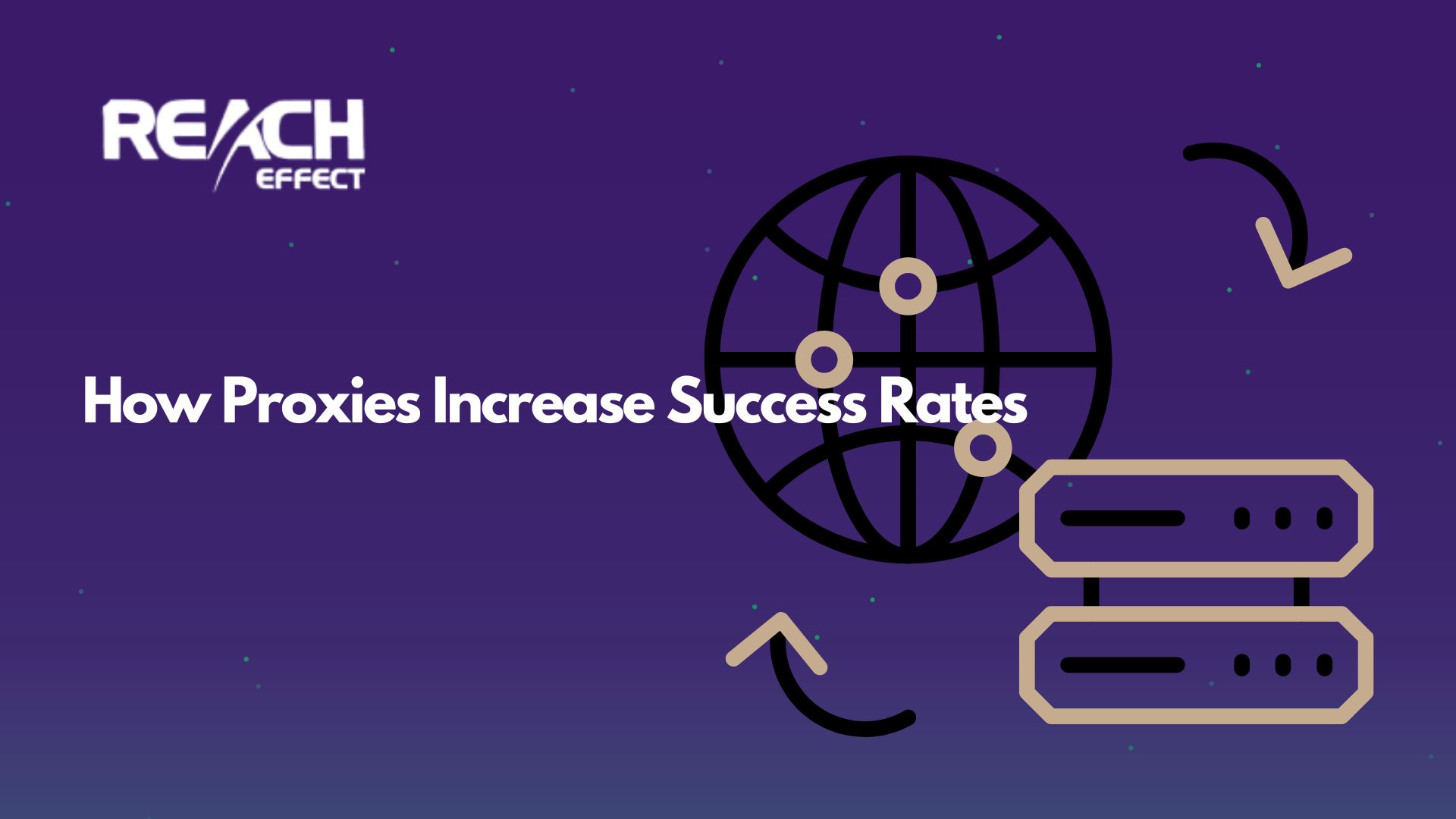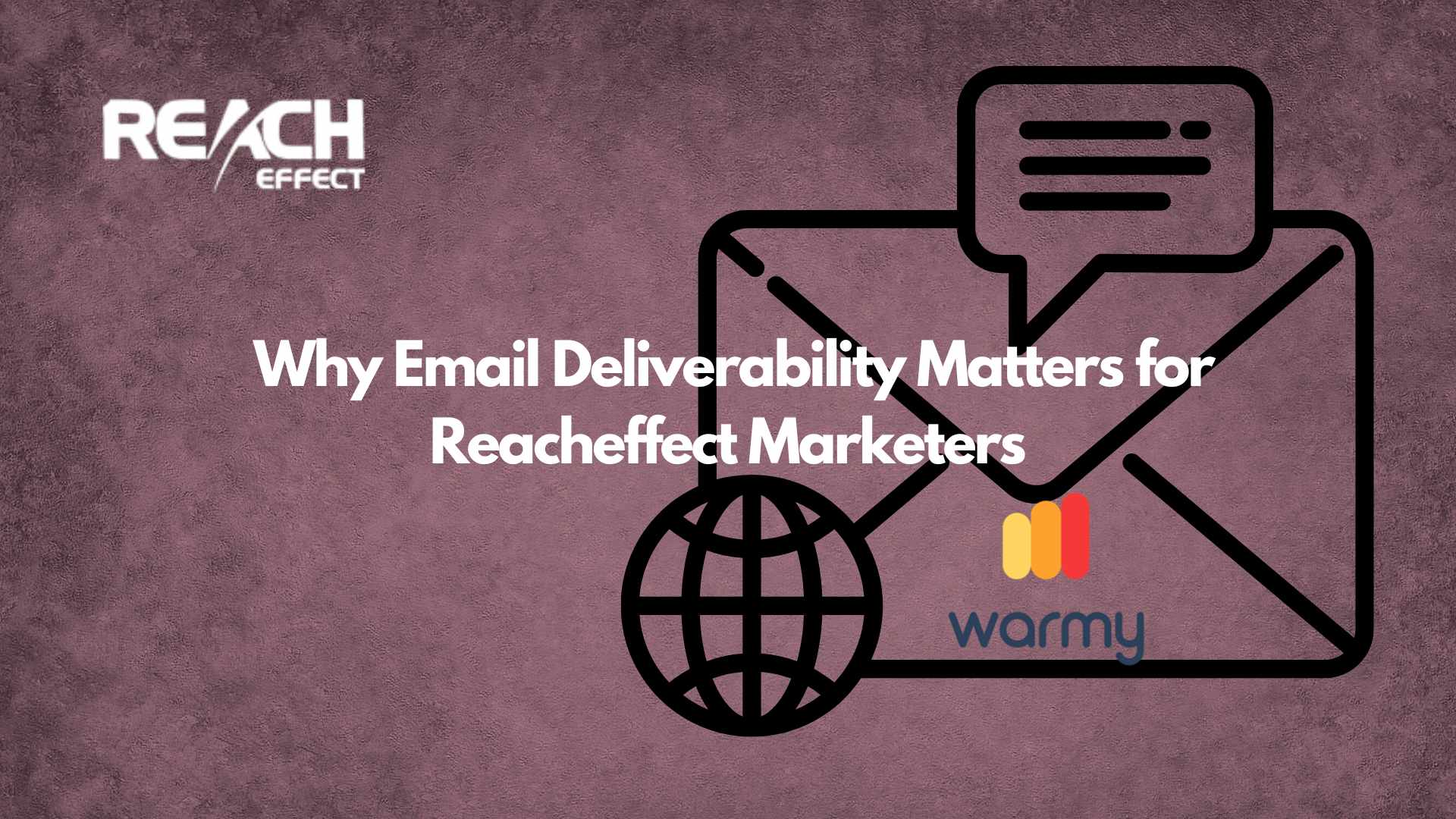Grasp your audience by examining behavior through demographic vs. psychographic segmentation in marketing. Demographics capture measurable attributes like age, sex, and earnings. It offers a foundational snapshot. Conversely, psychographics explore ways of life and values. It reveals the deeper factors influencing decisions. While demographics show who your consumers are, psychographics unveil the why. A balanced blend of both approaches enriches your awareness of the target market. This boosts the efficacy of marketing strategies.
Demographic and Psychographic Characteristics in Detail
Demographic and psychographic segmentation stand out as critical methodologies for decoding viewership actions. So, demographic and psychographic characteristics are crucial. Demographics concentrate on external, measurable traits like age, gender, salary, and academic attainment. On the flip side, psychographics dive into the subjective realm. It explores deeper factors like lifestyle, principles, and hobbies. Balancing both approaches is often the recipe for a well-rounded insight into your intended audience. This enhances the efficacy of your marketing plan.

Demographics
Demographic segmentation relies on quantifiable traits, creating a fundamental snapshot of your viewership. These include:
- Age. Identifying generational preferences.
- Gender. Refining targeting strategies.
- Income. Shaping affordability considerations.
- Education. Offering insights into consumer sophistication.
- Geography. Localizing branding activities effectively.
Each of these concrete factors contributes to a thorough insight into your audience. This detailed insight empowers businesses to customize their promotional tactics precisely. This ensures resonance with the diverse facets of their client base.
Psychographics
In contrast, psychographic segmentation investigates the subjective realm. It explores psychological variables like way of life, principles, hobbies, and behavior trends. This qualitative approach examines psychological variables, including:
- Lifestyle. Understanding daily choices and habits.
- Values. Probing into the core principles guiding decisions.
- Interests. Uncovering hobbies and passions.
- Behavioral Patterns. Analyzing consistent actions and reactions.
Unlike demographics, which give a snapshot, psychographics dives deep into the “why” behind consumer choices. It unveils the drivers and inclinations that steer decision-making. This method offers a profound comprehension of the consumer’s inner world.
The Difference Between Demographic and Psychographic Segmentation
What is the difference between demographic vs. psychographic segmentation? The stark contrast lies in the nature of the parameters considered. Demographic segmentation deals with external aspects like age and salary. It’s their essential identification. Demographics show who your consumers are on the surface.
Psychographic segmentation explores internal incentives, revealing why consumers make choices. Psychographics uncover personal understanding, explaining the deeper why. Merging both yields a comprehensive view, vital for customizing potent marketing tactics. They will resonate on various levels with your diverse consumer base.
Conclusion
In marketing strategy, the choice between demographic and psychographic segmentation hinges on your goals. If understanding surface-level features is essential, demographics shine. For a profound comprehension of customer motives and values, psychographics take the lead.
For optimal results, savvy marketers often blend both approaches. This creates a thorough overview of their intended viewership.
Are you ready to elevate your marketing game? Explore ReachEffect, an AdTech company offering diverse ad formats and extensive targeting options. Our big-data analysis ensures the highest ROI. And our platform API empowers developers to design customized promotional solutions. Join forces with ReachEffect for round-the-clock support and global-scale performance solutions!

